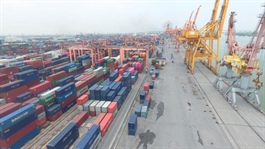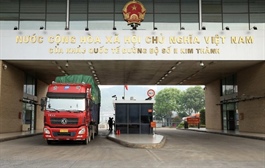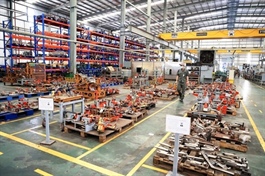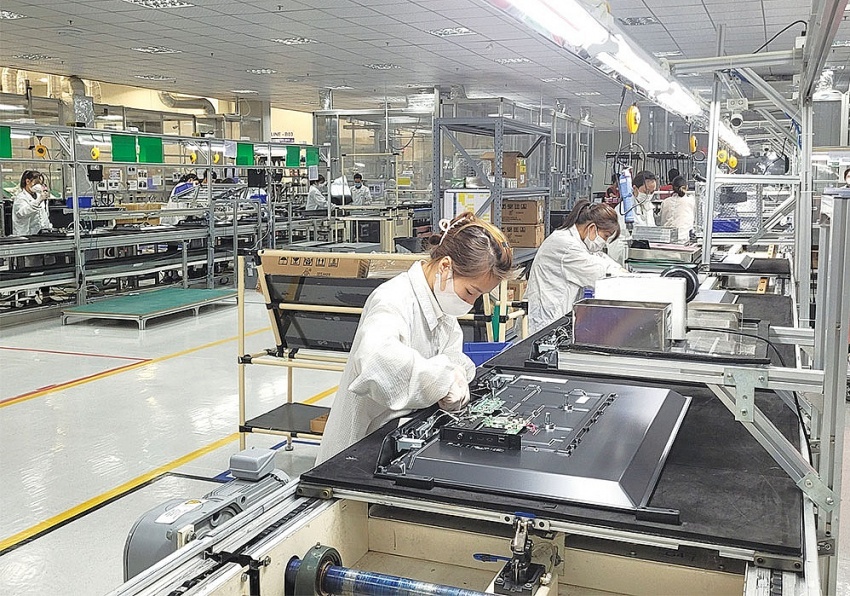Ho Chi Minh City reports modest economic growth in Q1
Ho Chi Minh City reports modest economic growth in Q1
Ho Chi Minh City’s gross regional domestic product (GRDP) in the first quarter expanded a mere 0.7 percent year on year.
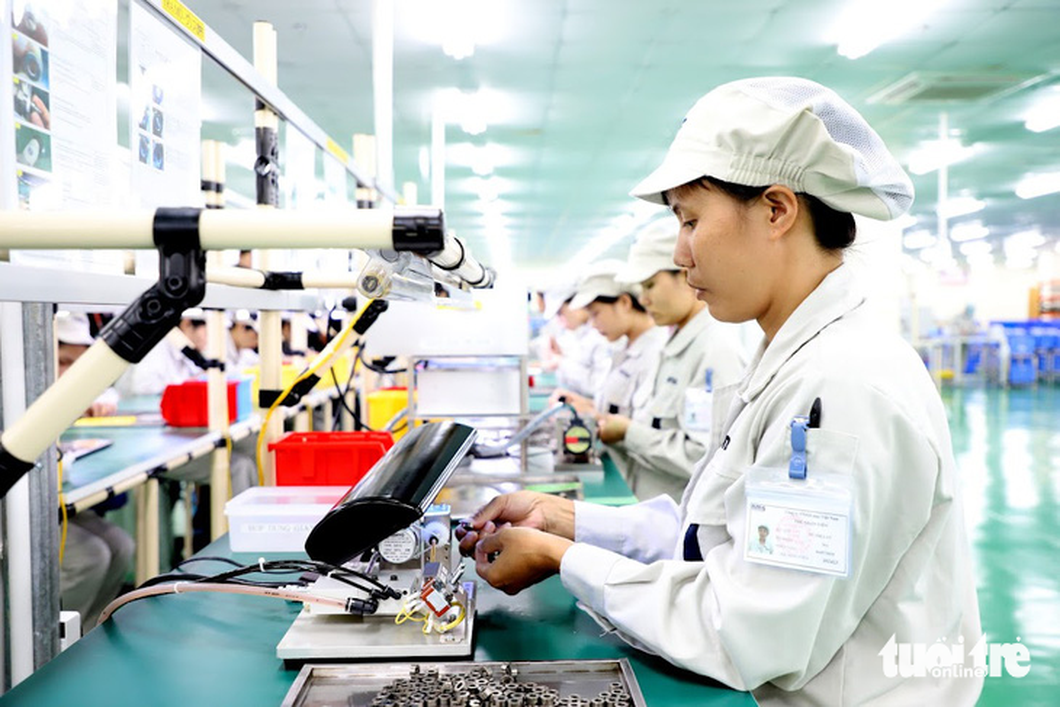
The Ho Chi Minh city Institute for Development Studies (HIDS) on Wednesday cited statistics from the General Statistics Office of Vietnam as showing that the metropolis’ GRDP reached some VND360 trillion (US$15.3 billion) this quarter, inching up from the nearly VND247 trillion ($10.5 billion) in the same quarter of last year.
The growth rate was higher than the 0.29 percent in the first quarter of 2022.
However, experts were not surprised at the modest growth, saying that it had aligned with previously released forecasts.
They also noted that growth in the second quarter of the year could be even lower.
According to the HIDS, the city’s agro-forestry-fishery sector improved 2.06 percent, the service sector edged up 2.07 percent, and the industry and construction sector fell 3.6 percent, according to Thoi Bao Tai Chinh Viet Nam (Vietnam Financial Times).
Four out of the nine key industries in Ho Chi Minh City reported negative growth.
These industries include transport; information and communications; real estate; and healthcare and social services with respective decreases of 0.63, 2.7, 16.2, and 4.82 percent.
Meanwhile, the remaining five sectors posted positive growth.
In particular, lodging and catering services recorded the most growth with 24.34 percent while retail and wholesale grew 3.81 percent; finance, banking, and insurance increased 8.53 percent; science and technology expanded 6.68 percent; and education and training rose 7.01 percent.
The nine key services accounted for 60.4 percent of the city’s GRDP and 91.3 percent of its service sector.
The institute said the GRDP growth this quarter was predictable due to international and regional economic instability.
Besides supply chain disruptions caused by the Russia-Ukraine military conflict, global inflation given the U.S.’ monetary policies and oil price hikes as well as U.S. bank failures in March have affected the domestic economy.
Moreover, Vietnam’s tightened monetary policies and strict control over bond issuance and speculation have also had negative impacts.
Other large cities in the country recorded low economic growth.
Dr. Le Hoang Anh from the Institute for Research Science and Banking Technology said the 0.7-percent GRDP growth rate was not surprising but it could jeopardize the full-year target of 7.5 percent.
The city has to make breakthroughs in the second and third quarters to achieve the target, but growth next quarter was forecast to be even lower than that in the first quarter.
In other words, Vietnam will need to record a GRDP growth rate of at least 15 percent in the third quarter of the year in order to stay on track for its target, Anh said, adding that the target will be extremely difficult to reach given that, historically, the city’s quarterly growth has never exceeded 10 percent.
Over the past few years, Ho Chi Minh City’s economic expansion has been regulated by the industry and construction sector, though currently the sector is reporting falling growth that may continue to slide next quarter due to tightened policies regulating the property and finance fields.
At present, enterprises are not yet seeing benefits although many local banks have reduced interest rates. As a result, the motivation for the growth of the two sectors is lower.
Meanwhile, the trade and service sector has contributed 2.07 to the city’s quarterly GRDP growth.
Furthermore, following the digital technology development trend, companies have shifted from traditional to online business models.
The city may take advantage of the trend to develop its trade and service sector, thus boosting the economic development.
Dr. Pham Thi Thanh Xuan from the University of Economics and Law under the Vietnam National University-Ho Chi Minh City said that the 0.7-percent figure is not positive and pressure to grow in the next two quarters will be great despite previously forecasts of low economic growth for the city.
Therefore, the city must prepare scenarios and solutions to foster economic growth in the following quarters.
Xuan recommended focusing on supporting workers and considering them as a driving force.
In particular, the city should stabilize jobs, build affordable housing, and work out solutions to cut working hours and job brokerage costs.








